Repair methods and solutionsThe most common ways to repair a slab are filling the surface or injecting it with epoxy or polyurethane. Filling and bonding the tile with a high-strength epoxy is a great way to seal the crack. For deeper cracks, we recommend using an epoxy sealant. An epoxy sealant can also be used in smaller cracks, but for larger fractures in concrete, you will want to stick exclusively with an epoxy remedy.
Larhom An ugly and more extensive (expensive) repair involves removing the tiles over the crack, installing a mesh or membrane that isolates the cracks, and then putting them back on. But I would look at the entire building inside and out to determine the nature, scope and, in particular, the cause of the crack as if there was a meaningful agreement that needs to be addressed. The extent of that damage depends on many factors, including whether or not the concrete slab has cracked or severely weakened. And since this problem will only worsen over time, it's not only important but crucial to diagnose potential damage and repair it before they put your home at risk.
Inclined or semi-uniform settlement of the garage or basement floor can also produce an inclined floor even if the concrete is not cracked, or the floor can settle evenly. Continue reading in CRACK CONTROL IN CONCRETE JOINTS or select a topic from the closely related articles below, or view the full ARTICLE INDEX. This condition occurs if the concrete was reinforced with steel or asbestos-cement, but it was poured inside a base of concrete blocks or separate masonry. A professional concrete company like ours with knowledge of the Tulsa area will be able to detect the problems you have and determine if they are aesthetic, minor, serious or dangerous.
It may be tempting to think that cracks in concrete are not a big problem, but if they are affecting the structure of your home, they definitely need to be fixed. Cracks in concrete are caused by lateral expansion, poor drainage conditions or settling of the ground under concrete. Built on the thaw of permafrost, the cause of these cracks must be understood before a proper repair can be designed. We discuss the recognition and importance of settlement cracks in poured concrete slabs in detail in Settlement Cracks in Slabs.
A floating concrete slab is one that is poured with a (usually) uniform thickness on the ground without a separate base. Look for a concrete line above the level of the top of the slab and that lies along the masonry block or pouring concrete foundation wall.
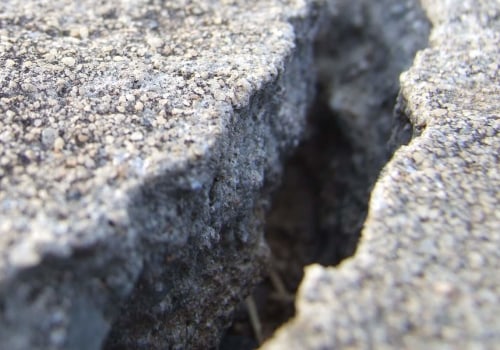
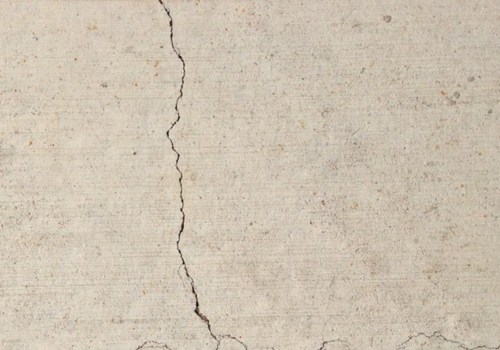
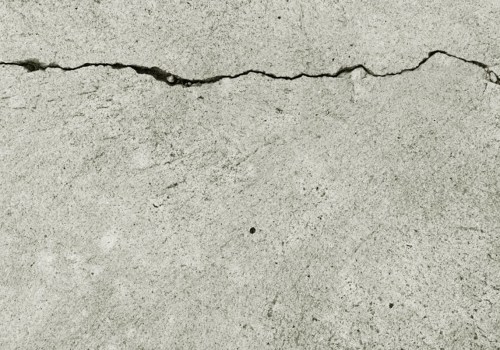
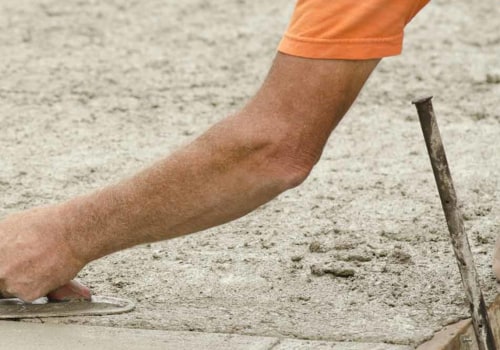

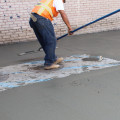
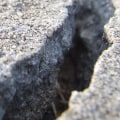
Leave Reply